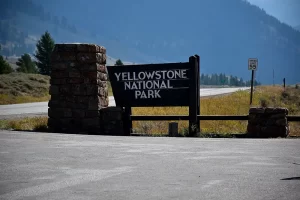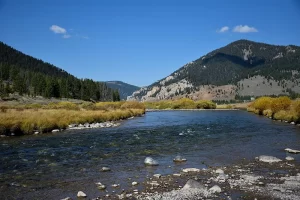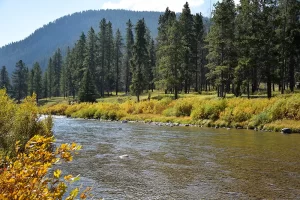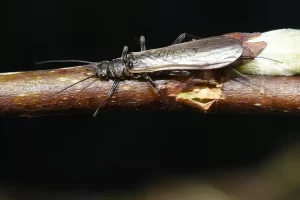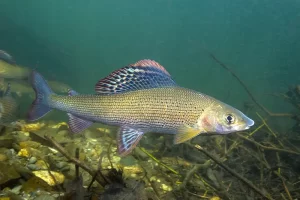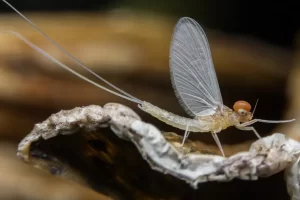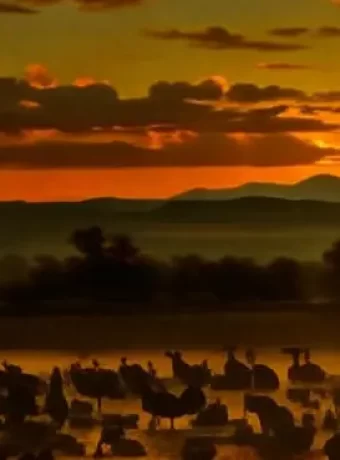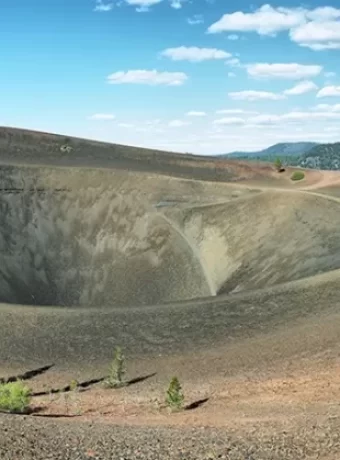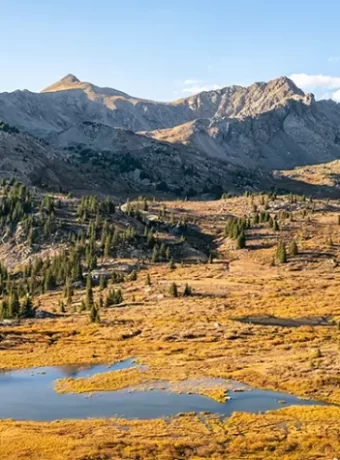Fly Fishing in Yellowstone is an adventure like no other
Imagine casting your line into the pristine waters of this iconic national park, surrounded by breathtaking landscapes. Not only is fly fishing in Yellowstone an adrenaline-pumping experience, but it also provides a chance to connect with nature and discover something special.
Fly fishing here isn’t for the faint-hearted though. Fly fishing here demands finesse, endurance, and a profound admiration for the outdoors.
The rewards? Unforgettable encounters with native cutthroat trout in their natural habitat while fly fishing in Yellowstone, memories that will last a lifetime, and perhaps even some brag-worthy catches to show off to your fellow anglers!
Table of Contents:
- The Ultimate Guide to Fly Fishing in Yellowstone National Park
- Rivers And Lakes: Best Spots For Fly Fishing In Yellowstone.
- Rivers and Lakes: Prime Fly Fishing Spots in Yellowstone
- Seasons Matter – When to Go Fly Fishing in Yellowstone
- Know Before You Go – Permits & Regulations
- Mastering Techniques – Tips & Tricks for Successful Fly Fishing
- Preserving Nature – The Role of Anglers in Conservation Efforts
- Conclusion
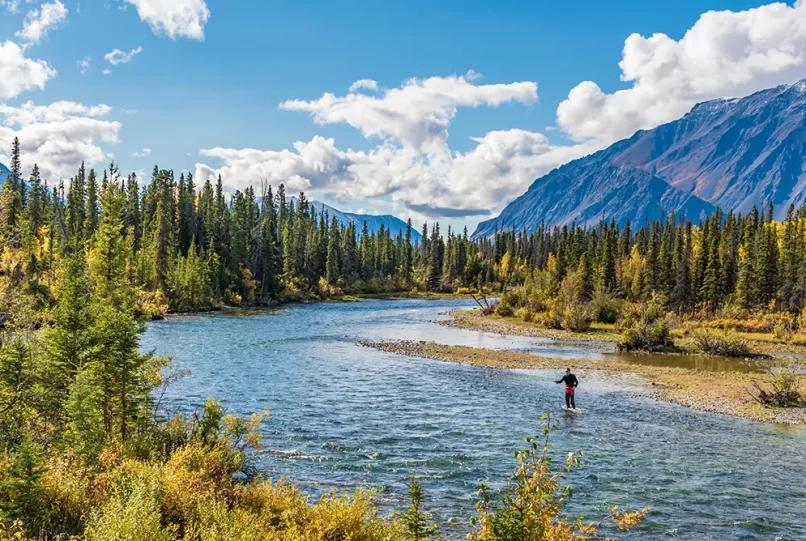
The Ultimate Guide to Fly Fishing in Yellowstone National Park
Yellowstone National Park is a true paradise for fly fishing enthusiasts. From small streams to large rivers, anglers of all levels can experience a range of thrilling fishing opportunities in Yellowstone National Park.
In essence, understanding these unique features can significantly enhance your chances of landing a big catch.
Diverse Angling Opportunities: More Than Just Casting Your Line
Fly fishing fans will be delighted by the range of opportunities available throughout Yellowstone National Park. From pursuing different types of trout, such as rainbow trout and brown trout, on Lamar River or Firehole River during the summer months when daytime temperatures are optimal, to float tube angling on tranquil lakes like Trout Lake or Lewis Lake – each offering their unique challenges and rewards.
A Haven For Unique Fish Species
Beyond being an excellent spot for fly fishing, Yellowstone is home to various species which adds another layer of excitement when you’re out on these waters. In addition, Yellowstone cutthroat are also found abundantly throughout these waters, making it one of the few places where you could potentially land this coveted catch while enjoying picturesque views that only a place like Yellowstone National Park can provide.
This guide serves as a comprehensive resource designed with every level of angler in mind, to help them better navigate through the exciting journey of exploring what many consider America’s finest natural jewel – the majestic Yellowstone National Park.
Rivers and Lakes: Prime Fly Fishing Spots in Yellowstone
Among these are the expansive Yellowstone River, intimate Soda Butte Creek, and others.
Lamar River – A Top Choice for Anglers
The Lamar River stands out as one of North America’s premier dry-fly rivers. It’s an angler’s dream come true during summer months when optimal daytime temperatures make it ideal for catching native cutthroat trout.
This remote stretch offers not only abundant fish but also stunning views that enhance your experience. Its clear waters provide sight-fishing opportunities rarely found elsewhere within the park boundaries.
Firehole River – An Unforgettable Geothermal Experience
In contrast to Lamar lies Firehole River which provides you with unique experiences where geysers and hot springs become part of your backdrop while casting lines amidst rainbow and brown trout drawn by consistent hatches of aquatic insects.
Beyond its visual appeal, this river holds year-round insect activity thanks to warm waters making it perfect even outside peak seasons. However, always remember to check local regulations before planning any trip as sections may be closed due to thermal activities or wildlife conservation efforts.
Grebe Lake – Tranquility at Its Best
If peace away from crowds appeals more than anything else then Grebe Lake should top your list providing backcountry tranquility alongside brook trout and arctic grayling catches.
Other notable mentions include Gibbon River known for healthy populations of rainbow trout; Soda Butte Creek favored among locals who enjoy small stream fishing; And Lewis lake popular amongst those preferring lakes over streams.
As we delve deeper into these fantastic locations within Yellowstone National Park, understanding how different seasons affect our chances at landing big catches becomes equally important. Let us now explore how seasonal changes influence aspects such as water temperature fluctuations directly impacting feeding patterns among trout.
- Entering Yellowstone Park along the Gallatin River.
- Gallatin River offers the DIY angler lots of water with a lot less fly fishers than the Firehole or Madison River
- Coyote hunting for a meal along the Gallatin River in Yellowstone National Park while fly fishing.
- Gallatin River in Yellowstone National Park, Fly Fishing Paradise.
Madison River – Walk Wade Fly Fish Yellowstone
Madison River offers over 25 miles of walk wade fly fishing in Yellowstone National Park. Solitude is hard to find on the Madison River.
Yellowstone Fly Fishing Notes:
Yellowstone offers a diverse fly fishing experience with its prime spots like the Lamar River, Firehole River, Madison River, Gibbon, Gallatin River, and Grebe Lake. Each location provides unique opportunities from abundant cutthroat trout to geothermal backdrops and tranquil settings. However, remember that seasonal changes can impact your chances of success.
- Salmon Fly or Stone Fly while fly fishing Yellowstone National Park.
- Arctic Grayling Yellowstone National Park.
- Baetis
- Rainbow Trout fly fishing Yellowstone National Park
Seasons Matter – When to Go Fly Fishing in Yellowstone
Fly fishing opportunities within the expansive Yellowstone Park, from Madison River’s rushing waters to smaller trout streams, are greatly influenced by seasonal changes. Understanding these fluctuations is key for a successful fly fishing adventure.
Here’s how you can maximize your chances of landing rainbow and brown trout during different seasons at this iconic park.
The Kickoff: Memorial Day Weekend Marks the Start of Fishing Season
In Yellowstone National Park, as winter gives way to spring around Memorial Day weekend, it signals the start of an exciting new phase for anglers. This period marks rising water temperatures which awaken fish species such as Yellowstone cutthroat trout and rainbow trout from their sluggish state induced by cold weather.
Apart from warmer conditions, another factor that enhances fly-fishing prospects during this time is increased insect hatches across various bodies of water including Gardner River. These events provide perfect feeding grounds attracting numerous fish towards the surface – thus presenting excellent angling opportunities.
Brown Trout Bonanza: Fall Brings Exciting Opportunities
Come fall (late September through October), there’s a shift in underwater dynamics where brown trout take center stage. During this season, they spawn making them more aggressive than usual – hence easier targets for well-placed flies.
If you’re specifically targeting Brown Trout, then planning your visit during autumn could significantly enhance success rates.
Navigating Winter Challenges & Rewards
Winter months spanning November till April may seem daunting due to snowfall-induced access restrictions but don’t be deterred entirely. There remain pockets like certain sections along Madison river open year-round offering ample opportunity even amidst colder climates.
You might find hardy Rainbow Trout willing to bite despite freezing temperatures provided one adheres to local regulations since some locations require special permits during off-peak periods. Always remember to carry bear spray while exploring wilderness areas regardless of the season, ensuring safety at all times.
Before beginning the next section, let’s think about some key elements to bear in mind prior to setting off.
Yellowstone Fly Fishing Notes:
Timing your fly fishing trip to Yellowstone is crucial for success. Memorial Day weekend marks the start of the season with rising water temperatures and increased insect hatches. Fall brings aggressive brown trout, while winter offers opportunities amidst challenges fly fishing Yellowstone National Park.
Book a Yellowstone Park Fly Fishing Guide
Or do it yourself and we have you covered with the gear for a successful trip. Sun protective outdoor apparel, fly rods, flies, waders, fly boxes and more.
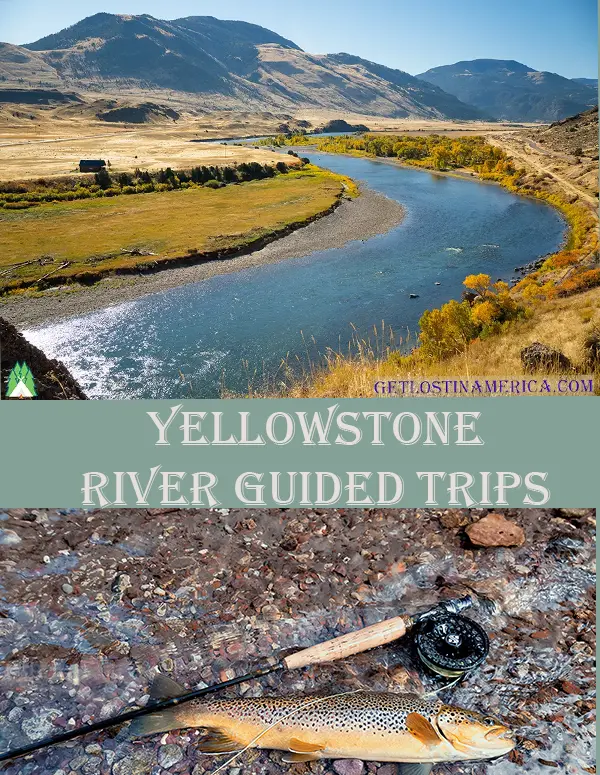
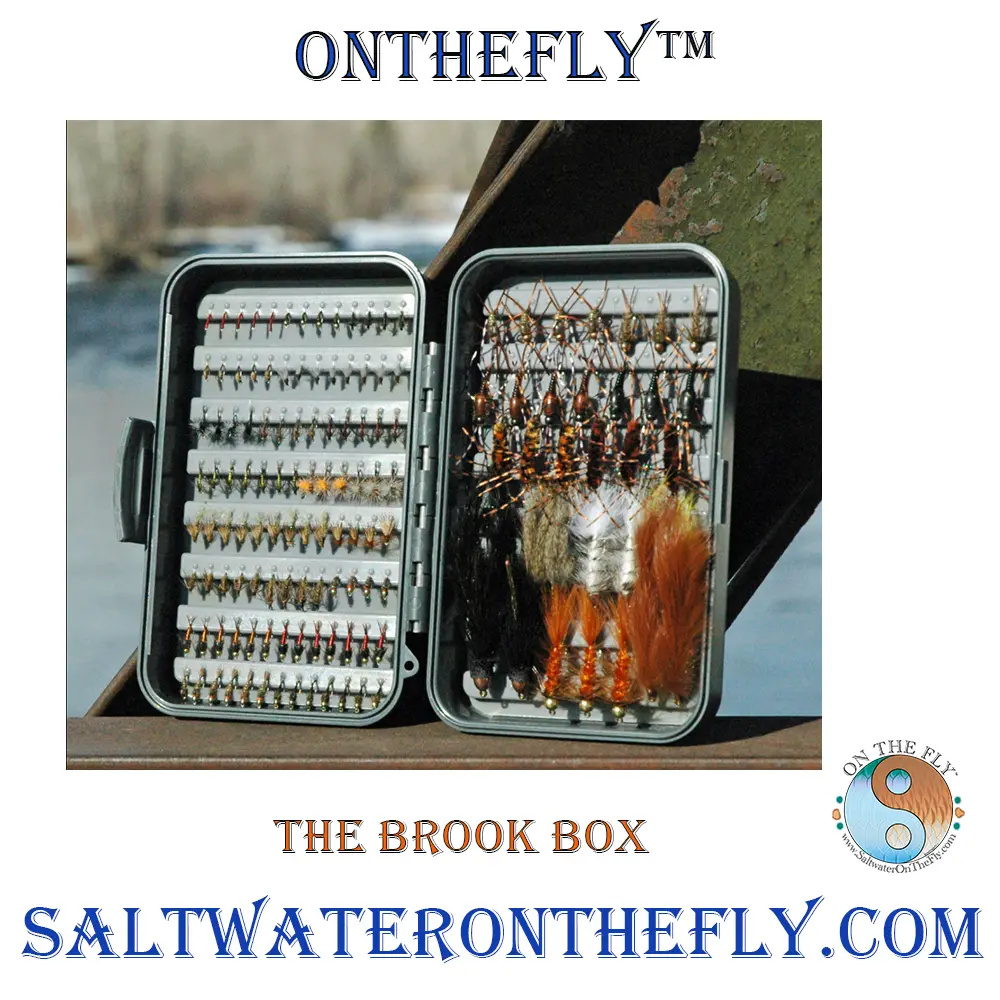
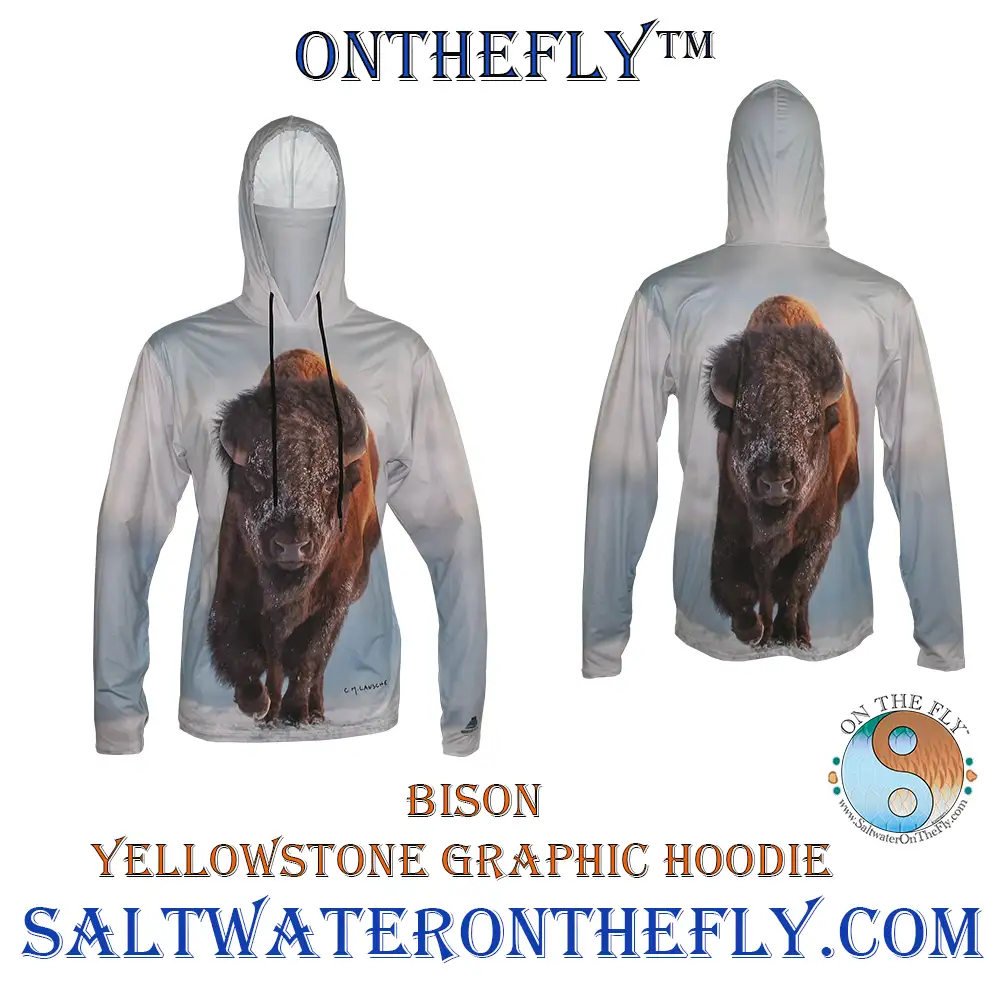
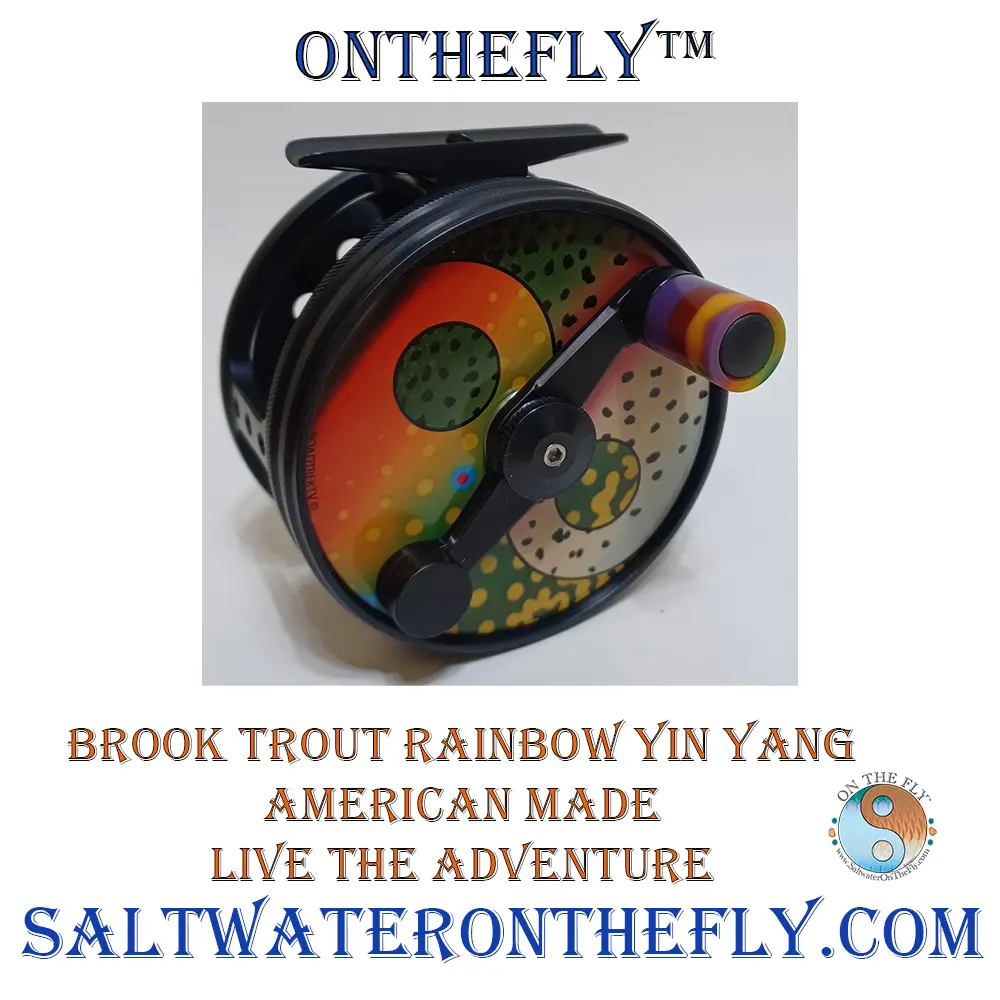
Know Before You Go Fly Fish Yellowstone – Permits & Regulations
In Yellowstone National Park, the rules of engagement for fly fishing are strictly regulated by the National Park Service. This includes a mandatory fishing license, whether you’re planning to fish in the Lewis River or Gallatin River.
The park offers various permit options based on your stay duration – daily, three-day, seven-day, and annual permits. However, bear in mind that these licenses do not include boating permissions; separate boating permits must be acquired if you intend to fish from watercrafts.
Fish Species Restrictions and Catch Limits
To safeguard native species like the Yellowstone cutthroat trout against overfishing, specific catch limits apply depending on the type of fish caught. For instance, there’s no limit for non-native lake trout at Yellowstone Lake, but catching native cutthroat trout is subject to strict size and possession restrictions.
Detailed guidelines about these regulations can be found online as well as at ranger stations throughout the park, ensuring all anglers have access to this crucial information before they embark on their expedition.
Bear Safety Measures
Bears inhabit many wilderness areas within Yellowstone, making it essential for anyone venturing into these territories, including fly fishermen, to carry bear spray recommended by the National Park Service.
Note though: while bear spray may deter an aggressive encounter with bears, it doesn’t guarantee complete safety from them. Ensure safe distances are maintained between yourself and wildlife, and follow other precautions suggested by the National Park Service when exploring remote areas.
Invasive Species Control Measures
Aiming towards the preservation of its pristine waters, Yellowstone has implemented measures such as banning felt-soled wading boots, which potentially transport harmful organisms across different bodies of water. All boats entering any body of water within the park need prior inspection too. These seemingly stringent steps play a pivotal role in maintaining unique habitats along rivers like the Lewis River and
Before casting your line in Yellowstone, secure a fishing license and be aware of specific catch limits to protect native species. Stay bear-safe with recommended spray and respect wildlife distances. Adhere to invasive species control measures like boot restrictions and boat inspections for water conservation in the Yellowstone Eco-System.
Mastering Techniques – Tips & Tricks for Successful Fly Fishing
Fly fishing is an art form, requiring a keen understanding of various techniques. One such method that’s particularly popular in Yellowstone National Park involves the use of dry flies.
Dry fly fishing sees you casting artificial dry flies, which float on the water’s surface and attract fish from below.
Leveraging Insect Hatches with Dry Flies
Insect hatches play a crucial role within aquatic ecosystems like those found in Yellowstone National Park. They are also pivotal to successful fly fishing as they draw fish towards the surface where your floating dry flies lie waiting.
A significant part of mastering this technique lies in recognizing these insect hatch events and adjusting your strategy accordingly.
You’ll find during large-scale hatching periods when caddis or mayflies emerge, trout tend to focus solely on specific insects at different life stages – nymphs (underwater), emergers (transitioning) and adults (on top). Having a variety of corresponding imitations increases success rates substantially.
The Advantages Of Float Tube Angling
If lakes within Yellowstone National Park, such as Lewis Lake or Nez Perce Creek, are more up your alley, consider employing float tubes for angling. This approach offers increased mobility over wading while providing access points along lake shores otherwise unreachable by foot.
Packing suitable rain gear is essential due to unpredictable weather conditions common at high-altitude locations like Yellowstone. Remember always carry bear spray because it’s not just cutthroat trout sharing this park but grizzly bears too.
Gearing Up: Select The Right Equipment
Selecting appropriate equipment can greatly influence one’s success rate across diverse landscapes including rivers, streams, alpine lakes present throughout Yellowstone National Park.
Your choice should depend upon factors including targeted species size, strength, determining rod power, line weight type, waters being fished moving vs still affecting reel types, prevalent weather conditions necessitating waterproof clothing, etcetera.
Yellowstone Fly Fishing Notes:
Master the art of fly fishing in Yellowstone by understanding dry fly techniques, leveraging insect hatches, and using float tubes for lake angling. Equip yourself with suitable gear based on target species and weather conditions. Remember, success lies in strategy adjustment and preparation.
Preserving Nature – The Role of Anglers in Conservation Efforts
The grandeur and richness of Yellowstone’s aquatic ecosystem is largely attributed to its native fish species. Among these, the native cutthroat trout stands out as a prized catch for many anglers visiting the park.
Yet, threats from invasive non-native species are disrupting their habitat and food sources. As an angler, your role in preserving this delicate balance can be significant.
Catch-and-Release: A Practice with Purpose
Fly fishing isn’t just about landing the biggest catch; it also involves respecting nature and ensuring future generations enjoy similar experiences. Catch-and-release practices help maintain healthy populations of native fish like cutthroat trout by safely returning them back into their natural environment after they’ve been caught.
This method demands careful handling techniques that minimize stress on the fish while increasing survival rates upon release. Wetting hands before touching a fish, gentle handling without squeezing or dropping it, quick but cautious hook removal using pliers if necessary – all contribute towards successful catch-and-release practice.
Your Contribution to Native Fish Conservation Programs
Beyond practicing responsible angling methods such as catch-and-release, there exist other ways you could contribute towards protecting Yellowstone’s indigenous aquatic life forms. The Yellowstone Native Fish Conservation Program is one initiative where participation makes a meaningful difference.
This program aims at restoring population levels throughout the park, removing non-native counterparts, key habitats, and improving conditions for spawning growth. Supporting through donations and volunteering activities during your visit helps ensure our cherished waters remain teeming with indigenous wildlife well into future generations.
Invasive Species Control Measures – Every Action Counts.
Apart from participating in conservation programs directly aimed at preserving precious ecosystems, each individual holds power over their actions indirectly impacting systems. Start being mindful not only while fishing but also when moving between different bodies of water within and outside boundaries.
To prevent accidental introduction of organisms hitching rides on gear or boats into pristine environments, always clean your equipment thoroughly, including waders, boots, rods, reels, lines, lures, etc., before entering a new body of water. Follow local regulations regarding the transport of live bait
As an angler in Yellowstone, you’re not just fishing for fun – you’re a guardian of the ecosystem. Practice catch-and-release to keep fish populations healthy and contribute to conservation programs. Remember, even small actions like cleaning your gear can make a big difference.
Yellowstone Fly Fishing Conclusion
It’s about immersing yourself in nature, exploring diverse angling opportunities, and understanding unique fish species.
The park offers a variety of spots for fly fishing, each with its own charm. From Lamar River to Firehole River and Grebe Lake – every location provides a distinct experience.
Seasons matter when it comes to making your big catch. Knowing how water temperatures affect trout feeding patterns can make all the difference.
Navigating through rules and regulations is crucial too. Bear safety guidelines, permits required, invasive species control measures – they’re all part of preparing for your trip.
A successful day out on the waters also involves mastering techniques like dry fly fishing or float tube angling depending on where you choose to cast your line.
Beyond catching fish though, there’s something even more important: preserving nature. As anglers, we have a role in conservation efforts by adhering to practices such as catch-and-release and supporting initiatives aimed at protecting native fish species.

